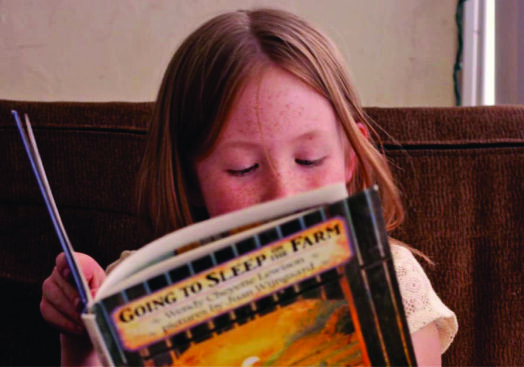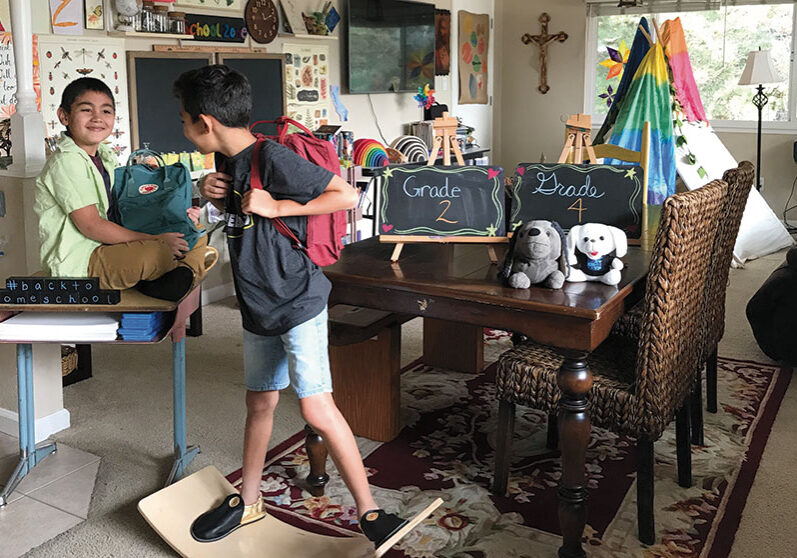According to the latest FBI data, there were 5,818 single-bias hate crimes committed for the year 2015 alone. Of concern to parents, according to various agencies, young men under 26 are the perpetrators of a significant percentage of these violent acts. Religious-based biases, as well as ethnic and racial biases, are learned during early childhood, explains the Leadership Conference Education Fund. Young children exposed to these prejudices hold numerous stereotypes by the time they reach the age of 12.
In a society as diverse as the United States, it’s troubling to see the prejudices that exist and the hate groups that plague our country. The events that unfolded on Aug. 12, 2017, in Charlottesville, Virginia, reveal the true danger when misconceptions are held toward those who are different. This is especially true when anyone in a role of public leadership speaks in a manner deemed derogatory toward other races or religions. Such speech serves only to embolden those who wish harm on others.
As parents, educators and leaders we must strive to change these patterns so our kids grow into kind and accepting adults.
Tolerance begins at home.
There are many ways to teach children tolerance. But we must first recognize that our own attitudes and actions toward those who are different play a crucial role. Children are observant and catch even the subtlest stereotyping and prejudicial behaviors. According to experts, attitudes held by those in the home will have the strongest impact on the way children perceive people who are different.
There are many ways you can encourage your child to accept diversity. To begin, read books with your child on world religions, different nationalities, the traditions of different races and cultures, diversity, and tolerance.
Have open discussions and encourage questions. Explain the importance of freedom of religion and civil rights for your own family and why this is also important for
others.
Learning tolerance outside the home.
Talk to your child’s school, as recommended by Tolerance.org, to make sure textbooks and curricula are up to date to reflect equity and multiculturalism. Ask teachers and staff if and how they approach the task of teaching tolerance in the classroom. If the school or classroom doesn’t already include tolerance education in its program, try to help activate it. Ask if you can share ideas with staff. Also, learn other ways you can assist the school in promoting positive attitudes toward diversity.
Help your child develop acceptance by sharing the beliefs of relatives and friends who hold different views from your own. It often comes as a surprise even to adults, to learn some family members hold very different religious beliefs. Ask those with other viewpoints to share with your child what they believe and why. Make sure these adults understand your purpose so they won’t attempt to proselytize your child or criticize your own beliefs. Rather, ask them to share their beliefs with neutrality. By providing your child the opportunity to discover that well-respected family members and friends hold a wide range of beliefs, your child will be well on the way toward acceptance of others.
Also, provide your child opportunities to develop friendships with children of other races, religions, or cultures. This can be challenging in some communities where there is little diversity. Look for some extracurricular activities in a neighboring community that would provide your child exposure to diversity.
Fight Intolerance.
Another recommendation by www.Tolerance.org is to encourage your child to actively fight stereotypes and intolerance. Help your child to form a club, study circle or sponsor a walkathon for diversity. Your child will have the opportunity to meet kids of other beliefs while at the same time learning the importance of social responsibility.
Also confront biased behavior expressed by family and friends, especially if your child witnesses it. For example, if grandma complains her “Black neighbors don’t take care of their lawn,” don’t brush the comment aside. Otherwise, both grandmother and your child will perceive your silence as acceptance of the stereotype or prejudicial remark. By using the term “black” in the sentence, rather than just stating “the neighbors”, it indicates bias and contributes to teaching children to be prejudiced.
Confronting family and friends isn’t easy. But it can be done in a tactful manner. Don’t criticize. Just nonchalantly but clearly acknowledge grandmother’s frustrations with the unkempt yard. Then point out it has nothing to do with being black. By doing so, your child will learn such biased comments are unfair. It also teaches your child not to be apathetic toward intolerance.
Also, if your child attends church, Sunday school, or other religious functions, talk with the leaders and teachers to learn their attitudes and levels of tolerance. While many are accepting of other religious views, some religious leaders perpetuate intolerance by preaching against nonbelievers, those of other faiths or people or groups that don’t adhere to their specific lifestyle guidelines. Other religious leaders may contribute to stereotyping in more subtle ways. Kids are very perceptive though and will recognize the biases all the same. If you do detect prejudiced attitudes, look for another church or denomination more accepting of diversity.
Talk with your church about ways it can teach and promote tolerance among its youth. After all, the desire for peace on earth is common among many of the world’s religions.
Share these books on world religions and tolerance with your child.
- It’s Okay to Be Different by Todd Parr
- The Skin You Live In by Michael Tyler
- Whoever You Are by Mem Fox
- Let’s Talk About Race by Julius Lester
- Smoky Night by Eve Bunting
- Witness by Karen Hesse
- The Return of Gabriel by John Armistead
- A World of Faith by Peggy Fletcher Stack
- One World, Many Religions: The Ways We Worship by Mary Pope Osborne
- The Story of Religion by Betsy Maestro & Guilio Maestro
- Sacred Myths: Stories of World Religions by Marilyn McFarlane
- Just Because: Where Seeing Another Point of View Makes a Better You by Amber Housey
- Teaching Tolerance: Raising Open-minded, Empathetic Children by Sara Bullard
Posted in: Education
Comment Policy: All viewpoints are welcome, but comments should remain relevant. Personal attacks, profanity, and aggressive behavior are not allowed. No spam, advertising, or promoting of products/services. Please, only use your real name and limit the amount of links submitted in your comment.
Comments
Leave a Reply
You Might Also Like...

What’s Your Child’s Learning Style?
Does your child love reading and writing? Do they have a knack for music? When they tell a story, do they tend to use their whole body to describe what […]

Discover Your Child’s Learning Style
Does your child love reading and writing? Does she have a knack for music? When he tells a story, does he use his whole body to describe what happened? Are […]

California Is a Homeschool-Friendly State
California is a Great Place to Homeschool I recently met a new family after they relocated from Washington to California. The parents admitted feeling a bit anxious about homeschooling their […]

Dual Language Learning in the North State
Because English is the common language throughout most of the US, becoming fluent in another language may seem superfluous. However, according to Data USA, approximately 45% of Californians speak a […]




Alicia Ortego says
Thanks for these helpful tips and advice. This is an important topic that adults should also take notice of. If I can, I would like to add something. There’s this book for kids to teach them acceptance. You can find it here aliciaortego.com/acceptance-is-my-superpower/.